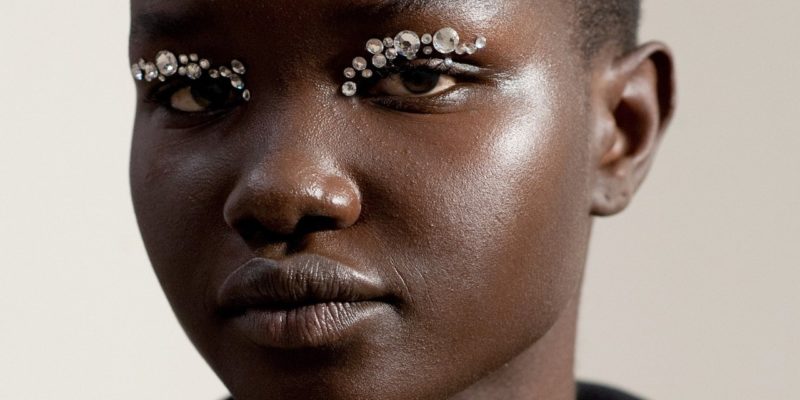How Glycolic Acid Smooths and Brightens Skin | Expert Tips
Oh yeah, and the powerful acid helps reduce fine lines and wrinkles, too, due to its small size. “It can actually penetrate into the deeper dermis, where our collagen and elastin reside,” Zubritsky explains. “Glycolic acid works on fibroblasts to stimulate new collagen, resulting in firmer, tighter-appearing skin.”
Who should use glycolic acid?
With these benefits in mind, the dermatologists we interviewed say glycolic acid is safe for all skin types but is best for those with oily and acne-prone skin types. If you have dry, sensitive skin, though, implement glycolic acid into your routine with caution, especially if you have rosacea or eczema, Zubritsky says. However, it’s not out of the question. “Fortunately, there are products on the market that combine glycolic acid with ingredients that can replenish hydration, such as urea, glycerin, and triglycerides,” Mitchell adds.
Luckily, products are infused with a wide range of glycolic acid concentrations — from as low as 5 percent to as high as 20 percent — so you can seek out different products depending on your skin concerns, too. “People with acne-prone skin or a lot of sun damage will benefit from a stronger concentration than someone who wants a gentle exfoliation to brighten the skin,” Kim explains. Frequency of use comes down to the specific product you end up adding to your skin-care routine. Some can be applied daily while others are for only once a week, he adds.
Sensitive skin types should look for products with low percentages of glycolic acid, specifically under 10, and use it less frequently than their instructions recommend, preferably every other week. “Less is more, and you want to find the optimal frequency where your skin feels smoother and brighter without peeling,” Kim adds.
No matter what, be sure to not get overzealous with your glycolic acid usage just because you’re seeing amazing results. “Overuse can lead to over-exfoliation, which can result in dryness, irritation, redness, or even more breakouts,” Zubritsky says.
Which products should be avoided when working with glycolic acid?
To avoid irritation and compromising your skin’s barrier, be sure to not layer glycolic acid onto your face at the same time as vitamin-A derivatives, like retinol, retinoic acid, and tretinoin, Kim says. Reason being: Both glycolic acid and retinoids speed up the turnover of cells, so combining them increases one’s risk of irritation and dryness, Mitchell adds. The same goes for physical or manual exfoliants, such as scrubs.

